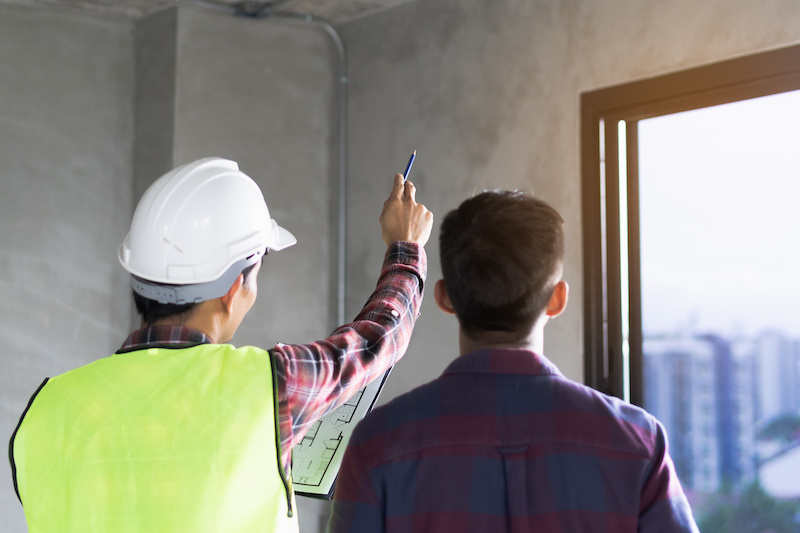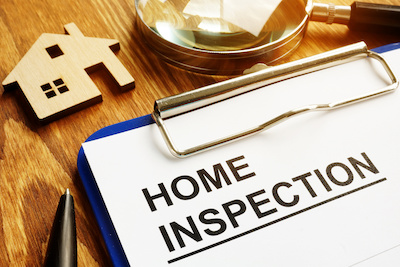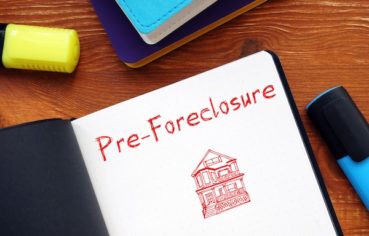Why Should Real Estate Investors Care About the Home Inspection?

There is so much that can go wrong with a home, so it is wise to conduct a home inspection. And let’s face it, some repairs can be very costly. So, ultimately, I recommend doing a formal inspection when you buy an investment property.
Buying a house that needs some work is fine, but a huge issue like a complete roof replacement, foundation repair, or re-plumbing the entire house can ruin the potential of an investment property.
An inspection is not expensive in the scheme of things, and usually runs between $250 and $500 depending on where you live.
How to use a Home Inspection for your Advantage
There are many benefits to a formal home inspection. Avoiding it can result in costly repairs and hinder the ability to sell a property when you are ready to exit the investment. Many experienced real estate investors will always conduct a thorough home inspection.

- Find expensive repairs you can’t see at first glance.
You should always visually inspect a house you are buying. However, you can’t see behind the walls. Inspections can reveal problems you can’t see. This helps avoid very expensive repairs after you close.
2. You can negotiate a lower price.
With an inspection report that shows problems you can go back to the seller and negotiate a lower price, putting more money in your pocket.
3. An advantage when selling the home.
When you sell the home, it will give you insight into what the buyer’s inspection might find.
When to Do a Home Inspection
You don’t want to pay for an inspection too early in the buying process. If you do it, and then the deal doesn’t go through, you are out that money. I recommend not doing the inspection until you have the Purchase and Sale Agreement (PSA) signed by the seller.
At this point, it is pretty likely the deal will close and the inspection will be worth it. Also, it will let you know if you should back out if there are huge issues and no room to negotiate on the price.
What an Inspector Looks For
Every inspection company uses different checklists, but there are many items that are standard. This is a list of just some items they look at:
- Foundation
- Plumbing
- Electrical
- Mold issues
- Roof
- Basement
- Exterior of the home
While none of these items will necessarily break a deal, they are worth knowing about.
To learn more about the process of investing in a home successfully, I invite you to join me at a live event where I share the strategies I have developed over the years while building my multi-million dollar real estate investing business. Until then, you can download my Unlimited Funding Kit to solve your funding problems for real estate investing.


